You’re gonna be asked to analyse The Truman Show at least once in your NCEA career if you’re taking English or Media Studies. If not, it’ll be the creepiest cinematic work in NZ history, Heavenly Creatures.
From the minds that brought you How to Analyse NCEA Poetry in 6 Steps, StudyTime is happy to present the eagerly-anticipated sequel. This time, on a medium people actually like (film)!
Films can be kind of weird. It can be difficult trying to extract deep philosophical musings from I am Legend – but it’s possible. You’ve just got to trust in the power of a well-supported yarn, know your techniques, and realise that there’s no wrong answers in English.
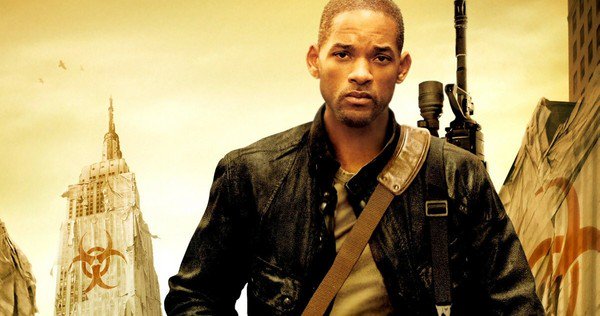
There’s no wrong way to watch a film – as long as you back it up. So, with these six steps from people who have also sat in class watching Schindler’s List many times, you’ll be on your way to Excellence.
1. What to talk about
You’ll notice that the name of the film essay paper is ‘Analyse Visual Text’ – that’s because when we write about films, we’re writing about it in pretty much the same way we would write about books. Films are a part of literature too, and so our essay is on how a creator uses language and techniques to express ideas.
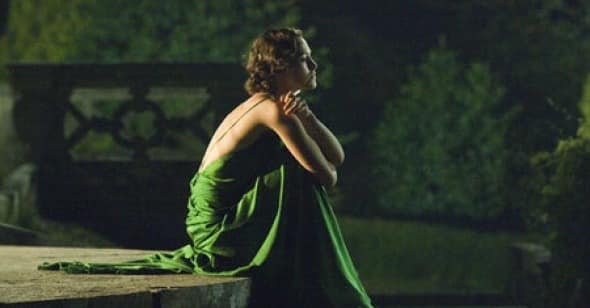
So, what do you actually put in your essay as evidence? The answer: specified aspects of visual or oral text. That doesn’t help, so here’s a list:
- Purposes (what the director is trying to achieve through something in the film).
- Audiences (who the director wants to be able to get something from the film).
- Ideas (themes, motifs, symbols, etc.)
- Characters (and what ideas they represent).
- Setting (everything about context, the location, time, characters, era)
- “Language features” for film (cinematography, mise-en-scene, editing, design, sound, acting, dialogue, etc.)
- Structure (narrative sequence (AKA storyline structure), beginnings, endings, flashbacks, etc).
The use of some of these things should help the director to get some kind of idea or purpose across. When you read an essay question, you should be asking yourself: how and why does one of these aspects give me an answer?
2. Language Features
Yeah, camera angles are technically a language feature. We don’t get it either. Directors spend a whole lot of money and a whole lot of time to perfectly shoot, reshoot, and edit the scene you’re watching in class – and everything they did is for a purpose.
Sometimes, we watch films and something really stands out. A certain shot makes you feel something unexpected, or a character says something quite deep and profound, which hits home. Often, it just feels like a part of the film, until you realise how clever and deliberate it was. Either way, it’s a part of the craft of filmmaking, and you should be writing about it.
Here’s a couple of the main ones explained:
Cinematography
includes things like camera angles, zooms, colour, and a whole lot more. The more films you watch with this in mind, the more you’ll see differences in directing styles. Wes Anderson uses a pastel colour palette, which gives the Grand Budapest Hotel a real 1900s luxury vibe. Quentin Tarantino, on the other hand, uses a whole lot of red, and so his movies feel violent. Cinematography is pretty much everything the camera does.

Sometimes, cinematography works more with the subconscious than the conscious. It’s hard to pinpoint exactly what the camera is doing that’s so important, but if it wasn’t there, it’d be a completely different scene. For example, horror movies often use shaky cameras or quick cuts, and that actually gives us adrenaline. If shaky-camera was used in a rom com, however, it would just make it more difficult to enjoy Ryan Gosling.
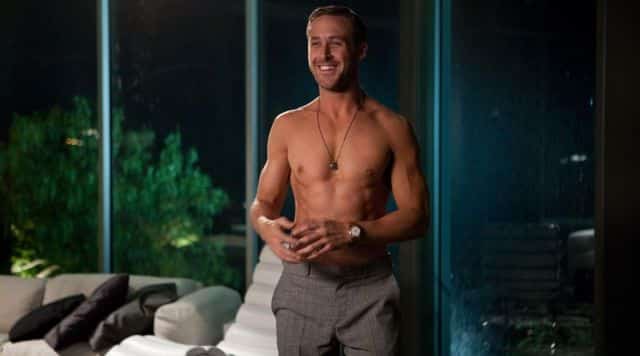
Mis-en-Scene
is pretty much everything in a shot. It’s a fancy French name for how and why everything is the way it is and visible to the audience – does the vase in American Beauty give audiences the forced impression of homeliness? (Who knows, but write about it.)
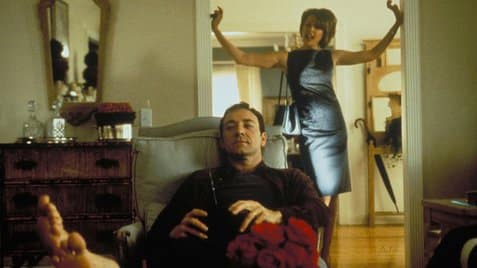
Sound
is a huge one, and includes ambience (footsteps in a big empty space is a favourite for creepy scenes, as is phones ringing in a boring and stressful office environment the character doesn’t want to be a part of), sound effects, and music (horror movies without music are about 82% less scary).

3. Use Secondary Sources
There’s no way that you’re going to catch every single language feature or film technique watching a film by yourself. Some are so abstract that they’re near impossible – the director’s put it in as a little artistic flourish, knowing full well that they’re going to be missed by the viewing population.
To check this theory out, there’s some really cool videos on cinematography on YouTube, and even some on specific films, like Blade Runner 2049.
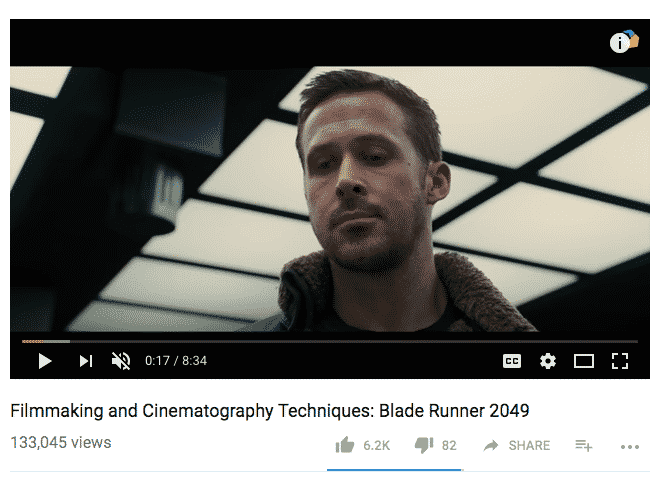
So, step 3 is to just Google your film, and find as many articles, reviews, and videos as possible.You’ll be surprised what NCEA gold you can find.
4. The Director-Audience Relationship
As we mentioned earlier, nothing is accidental in film. Someone actually went out and bought that specific vase you’re barely looking at in the scene.
The most important relationship in the film is the one between the director and us, and everything the director does eventually goes back to the effect it has on the audience.
When you’re writing your essay, make sure you’re not talking about the film in isolation.
Instead of discussing how the high angle as the Dementor grabs Harry Potter was used to put Harry in a less powerful position, discuss how this was a deliberate choice to create the feeling of the audience looking down on Harry – this is a tool for creating a sense of empathy for our protagonist and viewing him as a vulnerable hero.
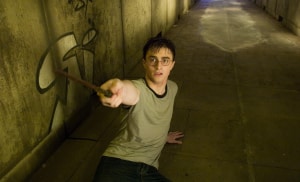
And, again, when you’re talking about the director’s purpose (the A in TEXAS) – there’s no wrong answer.
5. Insight, Interpretation, Appreciation
To really make sure you’re getting Es in visual text, you’re going to have to be showing these three things – especially for Level 3. Weaving these in is a sure-fire way of making your marker happy, and isn’t that what we all want in the end?
Insight refers to looking into the film, rather than just viewing it at face value. Instead of talking about what the film is about, talk about what it’s about (deeper meaning, not plot). Talk about language features and film techniques, talk about purpose, talk about characters as representing us.
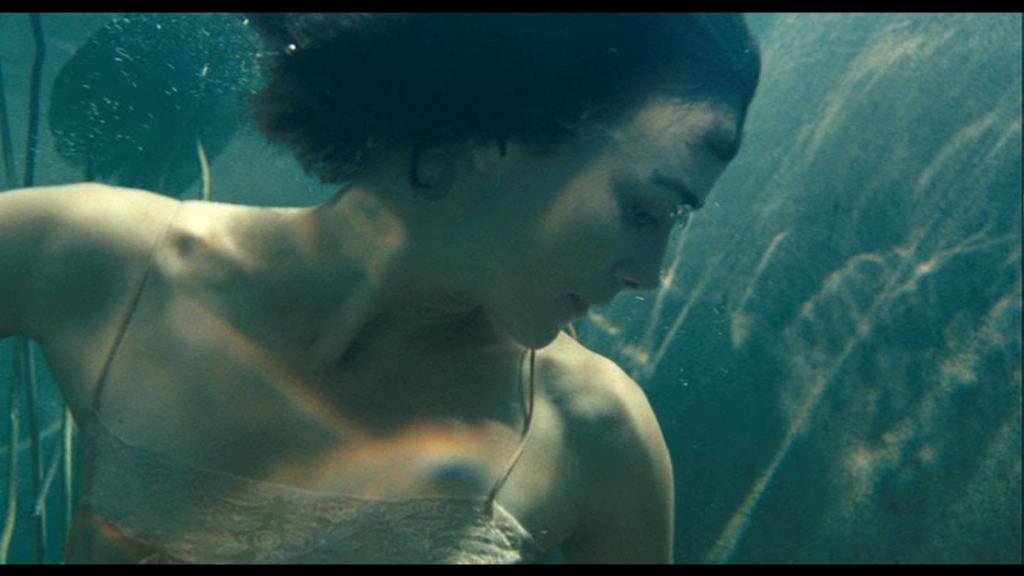
Interpretation pretty much means what it says on the Google Dictionary. You need to have an analysis of the text, and that means having an idea of what it means to you. You can literally extract any lesson or moral from the text, and bring it back to society or the human condition (see below) every single time.
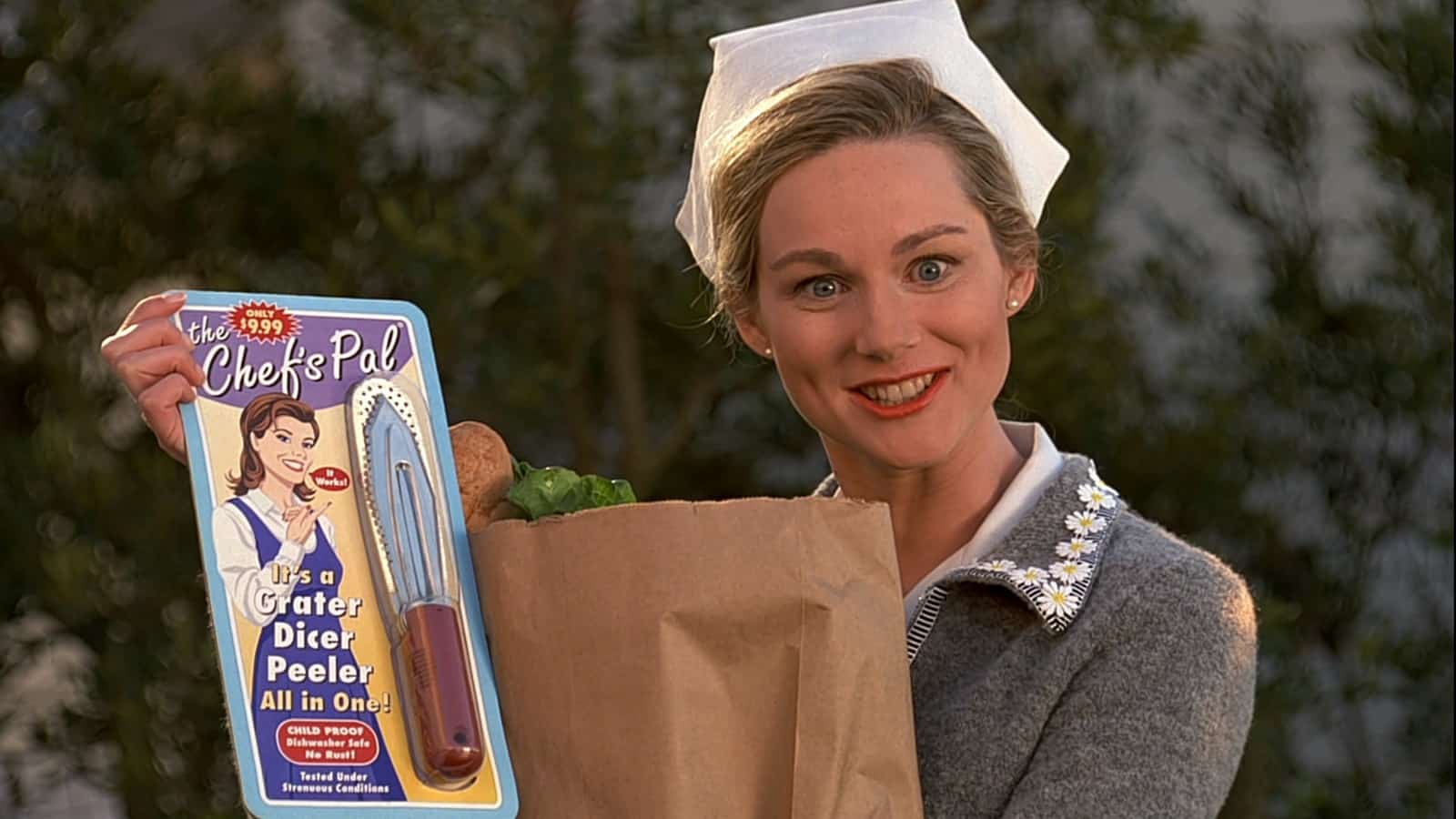
Appreciation means respecting the director’s work and craft of the film. This doesn’t mean ending the essay with “10/10 would recommend”, but by emphasising that the techniques the director is using does have an effect on the audience and is contributing to a film that makes us feel things or see the world differently.

6. The Big Three
You think you were going to get through an English article without talking about society? This is English.The Big Three are the three things you want to be bringing your essay back to to get those E8s:
Society: make links with real world issues and the way our society works (or doesn’t), and the similarities/differences between the society in the text and ours.

The human condition: this is the abstract name for the experience of being human, or the things that are inherent in humanity: emotions, experiences, vices – we are, after all, only human.
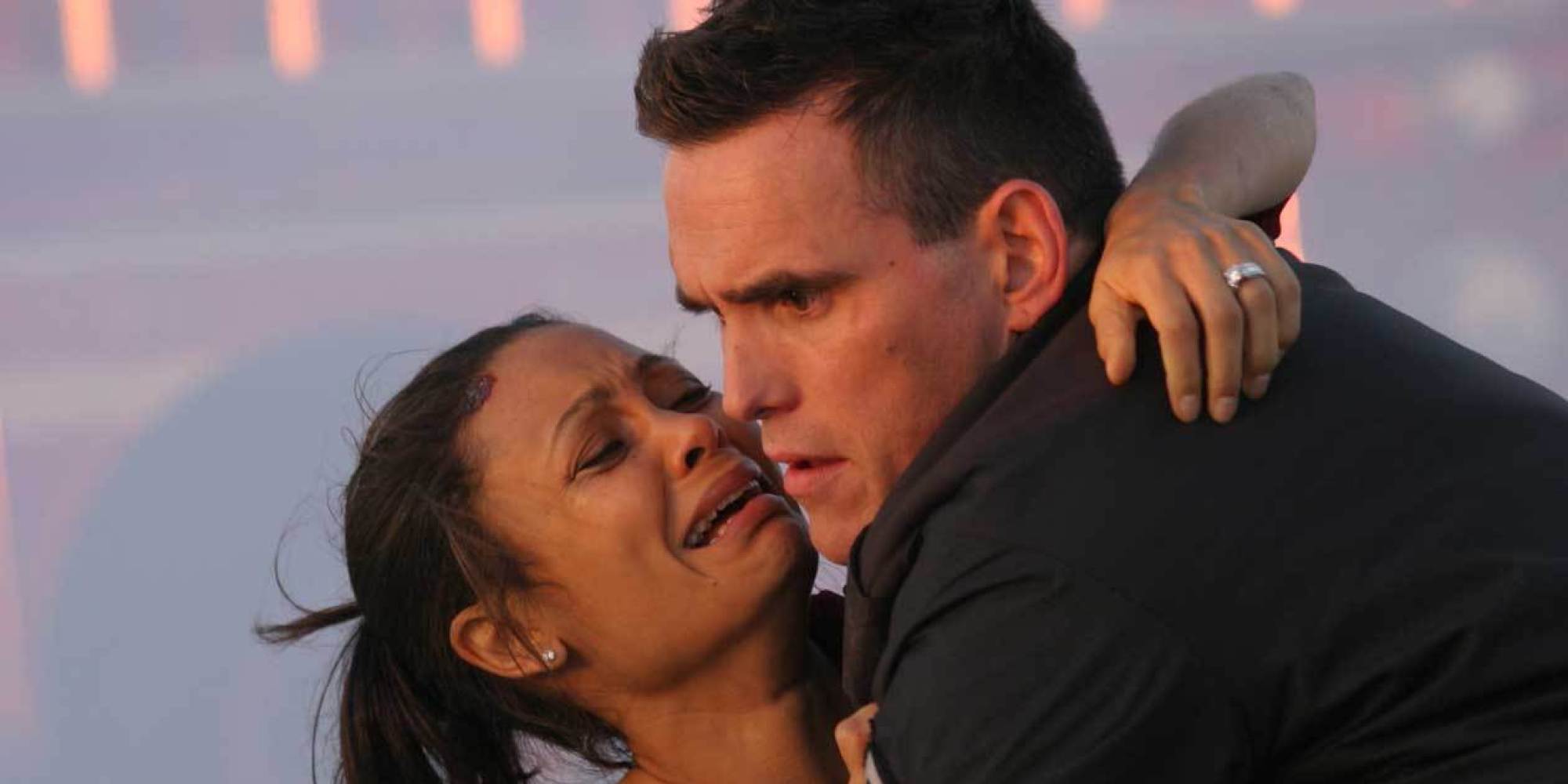
Text in general: literature is a powerful tool to write about. How does the way this text is constructed compare to others? Is this protagonist a hero or an anti-hero, and why does this make the text important?
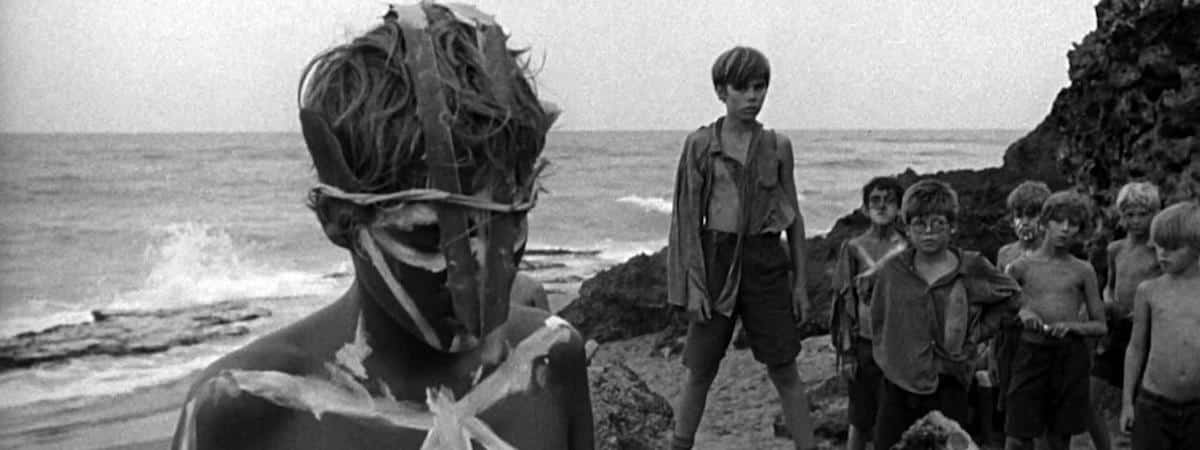
So there you have it – you just got a crash course in movies for NCEA. With these six steps, you’ll be well on your way to smashing out the best visual text essay you’ve ever written. Now go and watch Schindler’s List again.
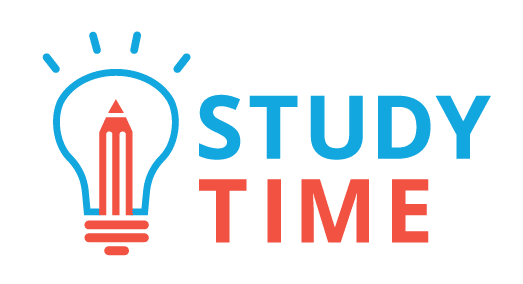
0 Comments